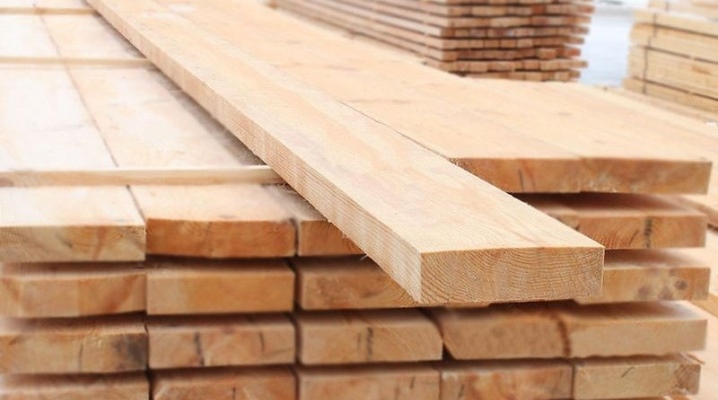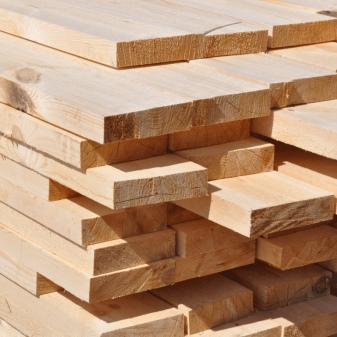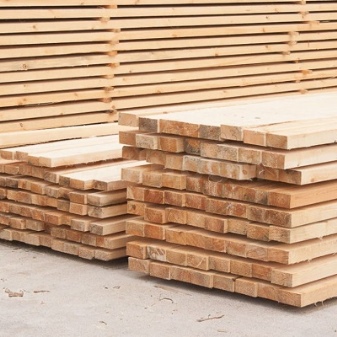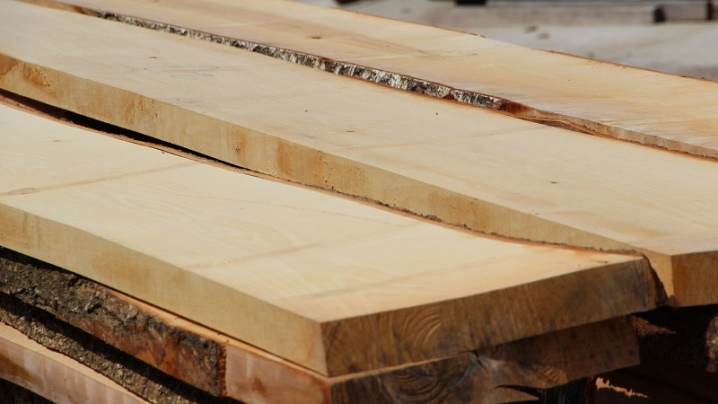Features and use of 1 grade board

The quality and practicality of construction or finishing directly depend on the type of wood used. Natural raw materials in the form of a board are widely used for industrial and domestic purposes. The grade determines the physical qualities of the lumber. High quality boards are manufactured taking into account all technological requirements.
Specifications
Information on the varieties of coniferous boards contains GOST 8486–86. It is there that all the characteristics are spelled out. In the standard, you can find information about the permissible natural imperfections of sawn timber. All the features and edged boards of the 1st grade are indicated. Such lumber can be used for most of the building structures of the permanent and temporary type. Coniferous boards with dimensions of 30x150x6000 mm are produced as standard, but the manufacturer can cut any required size for the customer. The main feature of the first-class material is the complete absence of visible defects. The board must be dry (humidity level - no more than 22%).
You can determine the grade of lumber after visual diagnostics. Any kind of rot and unhealthy knots make the board unsuitable for the grade's prescribed application. Even small traces of such imperfections signal that the wood is of a lower grade. A dry processed planed board will be of high quality if you comply with the requirements of GOST when assembling wood and processing lumber.


Of course, nothing is perfect in nature. Wood flaws can also be on a board of 1 grade, but only in a certain amount. In addition, even the locations of defects and their percentage of the total area of the board have been established. Let's consider these defects.
- Healthy intergrown knots. There can be 3 of them on the face and edge. The size should not exceed 25% of the width. If the edge exceeds 40 mm, then 2 knots can be located there, which will occupy no more than half of the space.
- Healthy knots that have not grown at all or partially. The layer and the edge can have 2 such defects each, the size of which is less than 20% of the width of these parts of the board. If the edge is up to 40 mm, then there can be a knot of this type (only one). It is important that the defect occupies no more than 33% of the width.
- Tobacco and rotten knots. Their presence on 1 grade wood is unacceptable.
- Cracks (possibly with an exit to the end part). The seam and edge can be covered with such a defect. If the cracks are deep, then they can occupy no more than 16.7% of the length, if the depth of the cracks is small - 25%. Through cracks on the face (less than 15 cm long) are allowed. One end may have a crack of less than 25% of the width. However, such defects arising from improper drying of wood are not allowed.
- The slope of the wood fiber. Such a flaw is unacceptable.
- Roll. This is the name of the places of thickening of age growths on one side. The defect should not exceed 10% of the face area.
- Resin pocket. On the seamy side, there can be 2 such defects. In this case, the length of the pocket should not exceed 10 cm.
- Core (possibly double). The disadvantage can be present only if the thickness of the board is 40 mm or more.
- Prophecy. This is the name of the overgrown wound site on the wood. It can only be located on the back side. The size should not exceed 10% of the width and 5% of the length.
- Cancer. The wood has wounds on the top of the trunk.They are infected with parasitic bacteria or fungi. On a grade 1 board, such defects are unacceptable.
- The bevel was cut. Such a defect may be present, then in limited quantities. The bevel should not exceed 5% of the perpendicular of the butt end.
On a board of the first grade, the presence of mushroom core stripes or spots is not allowed. Mold and fungal color of the sapwood indicates the poor quality of the wood. If the material has been damaged by insects or larvae, it cannot be considered top-notch.
In addition, the presence of mechanical damage, defects as a result of improper processing and the presence of foreign parts is unacceptable.


Allowable wane
When sawing wood, a defect on the side may appear on it. Shedding can persist on the board. Basically, it's just a piece of the log that remains on the finished lumber. On the face and edges there can be wane up to 5 mm from each part.
The length should not exceed 20% of the total length of the end piece.

What is the difference from the second grade?
The quality of wood is divided into 5 types. Quite often, the first grade is confused with the second, since they differ slightly from each other. In the first case, a shallow crack can occupy about 25% of the board length, in the second - up to 30%. Fungus and blue of a quality board covers no more than 10% of the total area. If we are talking about second grade sawn timber, then the defect can take up to 20%.
A second-class board may have the same defects as a first-class board. Only here the presence of tar pockets, tobacco knots is permissible. The exact difference depends on the wood species. Unedged board is allowed in the second grade. Rules that will allow you to distinguish lumber without special measurements:
- the presence of a fallen knot, rot, the core is visible - grade 2;
- cyclical growths (annual rings) are clearly visible - 1st grade.


Application area
The first grade edged board is practical, it is considered universal. It can be used for absolutely any purpose where lumber is needed. Much depends on the type of wood. In the production of cabinet furniture, boards are especially popular, because they have good strength and good decorative properties. Lumber can be used for the manufacture of lathing and frame in the construction of buildings. Especially often the 1st grade board is used in the construction of garages, sheds, baths and saunas. Lumber of this quality allows you to solve all the tasks of the construction industry. The board is suitable for roofing and flooring - both as a rough and a decorative layer. Lumber is suitable for cladding the facade and premises in the building. When choosing boards with spikes and grooves, you can make beautiful canvases with inconspicuous installation.
In the interior, the material is also useful for the construction of interior partitions, zoning. Some types of wood can be used in rooms with high humidity. Wooden fences and enclosures are reliable, durable and highly decorative. Boards allow you to build a temporary or permanent structure. In addition, in your yard from such lumber, you can equip not only a beautiful fence, but also a gazebo, a terrace, and any other recreation area. In some cases, however, you will have to use additional protective agents to impregnate the wood. Board of the 1st grade is not insured against damage during storage. If there is a risk that the conditions are chosen incorrectly, then you should refuse to purchase.
Such material loses a lot in quality and can only be used in the construction of formwork. However, for this purpose, you can take boards of a lower grade at a lower price.
















The comment was sent successfully.